Wiring a light switch in a semi-trailer is a task that can seem daunting but with the appropriate knowledge and careful execution, it can be accomplished efficiently. Whether you’re renovating or updating lighting in your trailer, understanding the right techniques and safety standards is crucial. This detailed guide will break down the process of wiring a light switch, ensuring you have a thorough understanding of each step.
Understanding the Basics of Wiring
Key Components
Before diving into the wiring process, familiarize yourself with the essential components involved:
| Component | Description |
|---|---|
| Light Switch | A device that interrupts the flow of electricity to the light. |
| Wire | Conductors that carry electrical current (usually copper or aluminum). |
| Circuit Breaker | A safety device that interrupts the electrical flow in case of overload. |
| Light Fixture | The assembly that contains the light bulb and is mounted on the ceiling or walls. |
| Electrical Box | The enclosure that houses the wiring connections and the switch. |
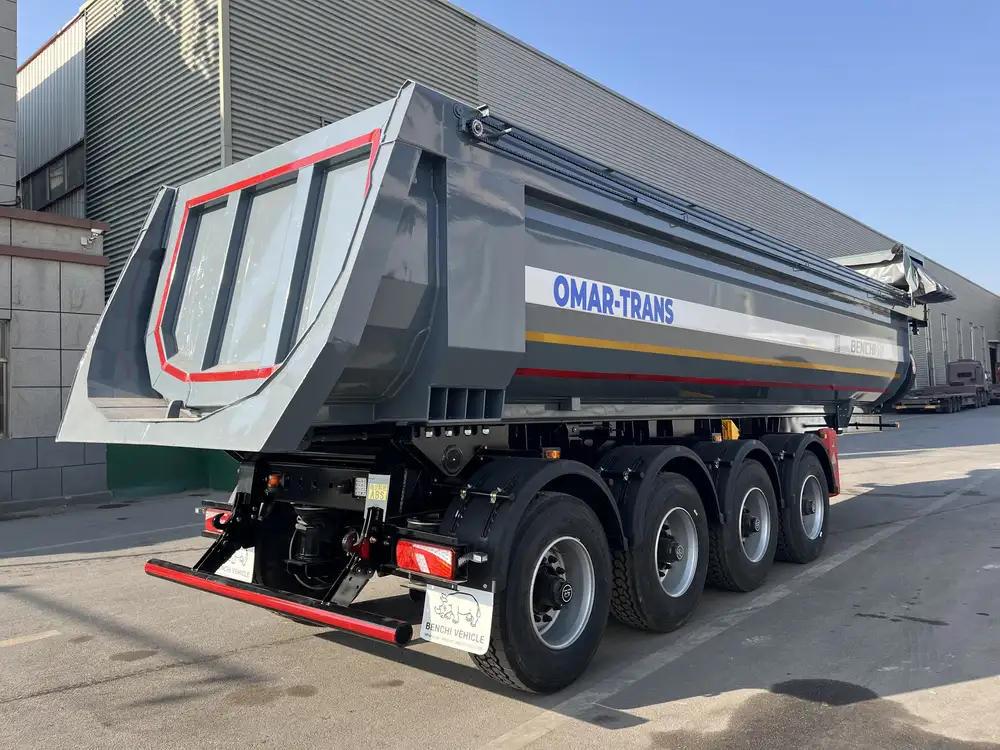
Tools Required
To complete the task successfully, gather the following tools:
- Screwdriver (flathead and Phillips)
- Wire strippers
- Electrical tape
- Voltage tester
- Drill (if necessary for mounting)
- Safety goggles and gloves
Step-by-Step Wiring Process
Step 1: Safety Precautions
Before you begin work on any electrical system, ensure safety first. Turn off the power at the circuit breaker and verify that the circuit is de-energized using a voltage tester. Switches and light fixtures can hold residual voltage, so it’s imperative to double-check.

Step 2: Identify the Wiring Location
Determine the best location for your light switch considering accessibility and convenience. Ensure that the location is within reach and allows for seamless control of the lighting fixtures.
Step 3: Measure and Cut Wire
The standard wiring for a light switch is usually done using 14-gauge or 12-gauge wire. Cut the wire to the necessary lengths, ensuring you have enough to connect the switch to both the light fixture and the power source.
Step 4: Running the Wire
- Navigate Existing Wires: If there are existing wires running through the trailer, carefully navigate around them to avoid any potential hazards.
- Drilling: If you need to drill holes for the wire to pass through, do so carefully in a location that will not compromise the structural integrity of the trailer.
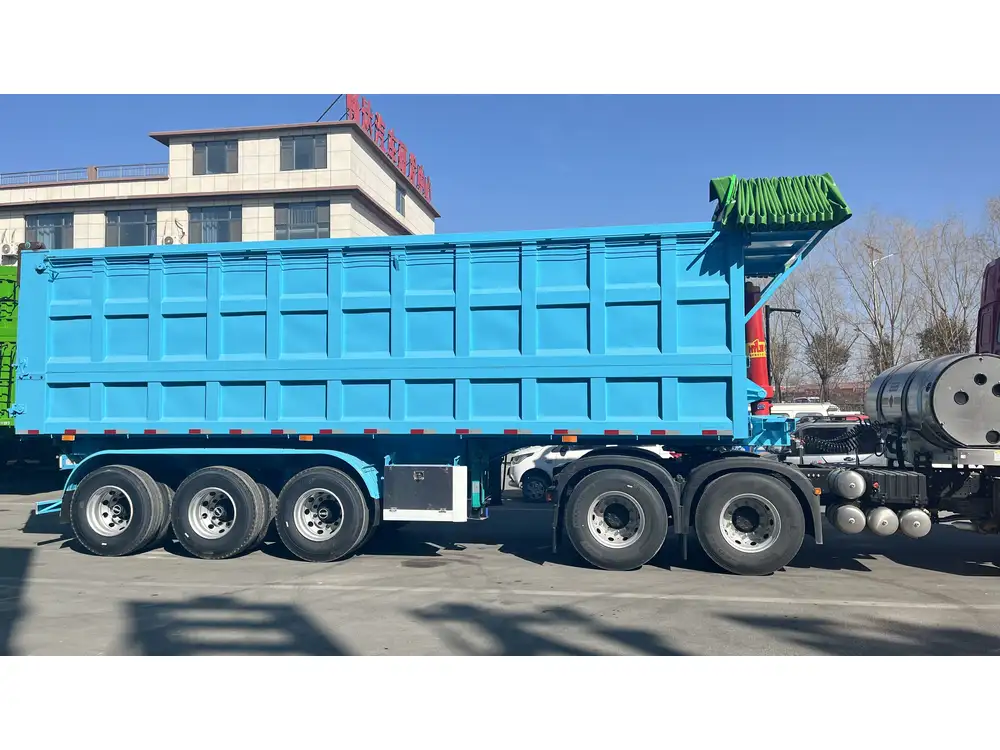
Step 5: Connecting Wires to the Light Switch
Wiring Configuration
Gang Box Installation: Install a gang box where the switch will be mounted. This box protects the wires and provides a secure mounting point for the switch.
Wire Connections:
- Ground Wire: Connect the green or bare copper wire to the ground terminal of the switch. Grounding is crucial for safety, as it reduces the risk of electrical shock.
- Power Wire: The power supply wire (typically black) connects to one terminal of the switch.
- Load Wire: The wire that leads to the light fixture (also typically black or red) connects to the other terminal of the switch.
Securing Connections: Ensure all connections are tight and secure. Use wire nuts to cover the connections and wrap electrical tape around them for additional safety.
Step 6: Connecting the Light Fixture
- Locate the Light Fixture: Identify the light fixture’s location and ensure all wires are within reach.
- Wire Connections:
- Connect the power wire from the switch to the light fixture’s hot wire (usually black).
- Connect the neutral wire (usually white from the power source) to the light fixture’s neutral wire.
- Attach the ground wire from the light fixture to the grounding wire in the electrical box.
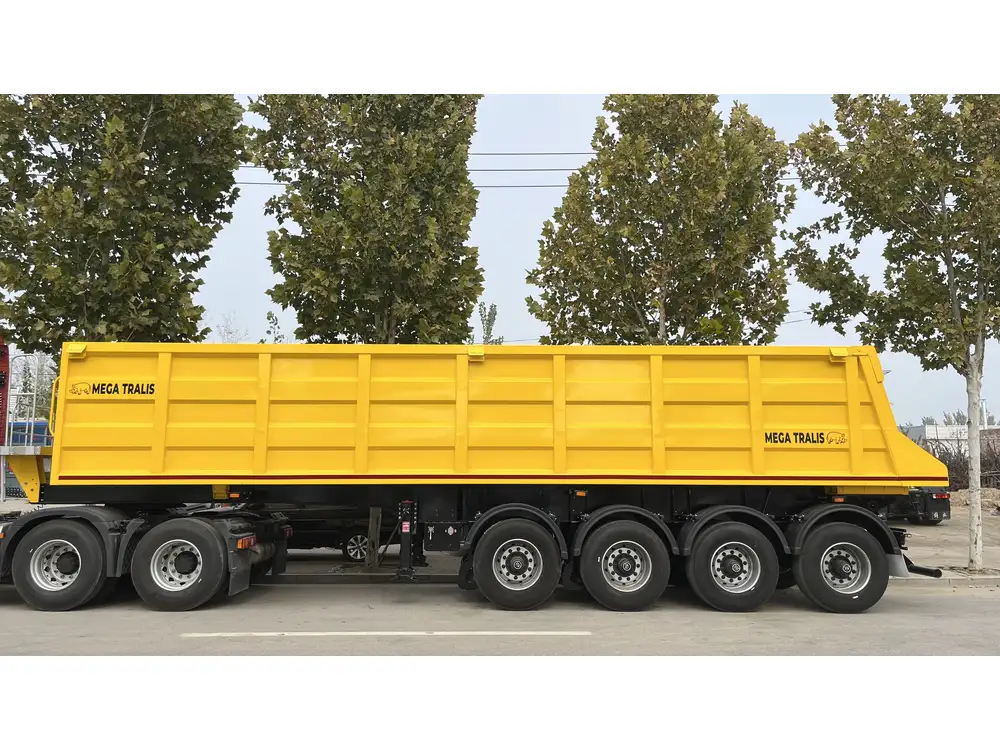
Step 7: Finalizing the Installation
- Mount the Light Fixture: Securely mount the light fixture to the ceiling or wall, ensuring it’s stable and properly supported.
- Cover the Switch: Place the switch into the gang box and screw in the switch plate cover.
- Restoring Power: Once everything is connected and secured, restore power at the circuit breaker.
Step 8: Testing Your Work
Using a voltage tester, check each connection to ensure the installation has been performed correctly. Flip the switch to confirm that the light functions as intended.
Common Wiring Issues to Consider
While wiring a light switch in a semi-trailer, be cognizant of the potential issues that may arise:
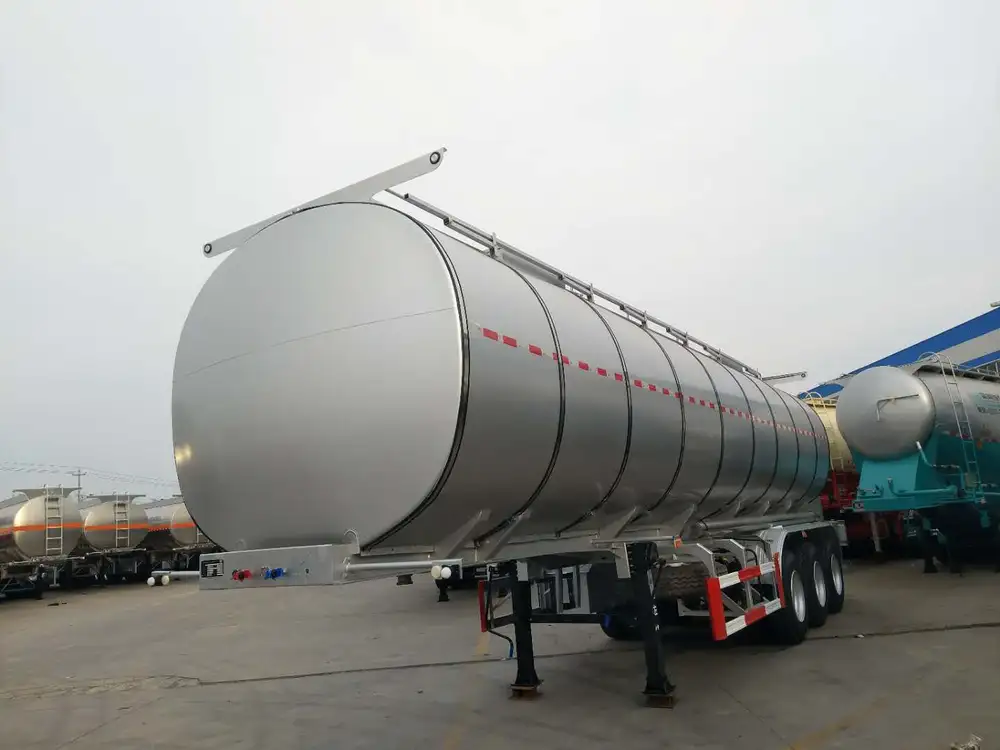
Flickering Lights
- Possible Causes: Loose connections or inadequate wire gauge.
- Solution: Inspect all connections, ensuring they are secure. Consider upgrading wire gauge if necessary.
Shorts and Fuses
- Possible Causes: Damaged wiring or faulty fixtures.
- Solution: Check for damaged insulation or connections. Replace any faulty components.
Overloaded Circuits
- Prevention: Ensure that the total wattage of the fixtures does not exceed the circuit rating.
- Solution: Distribute lighting across different circuits if needed.
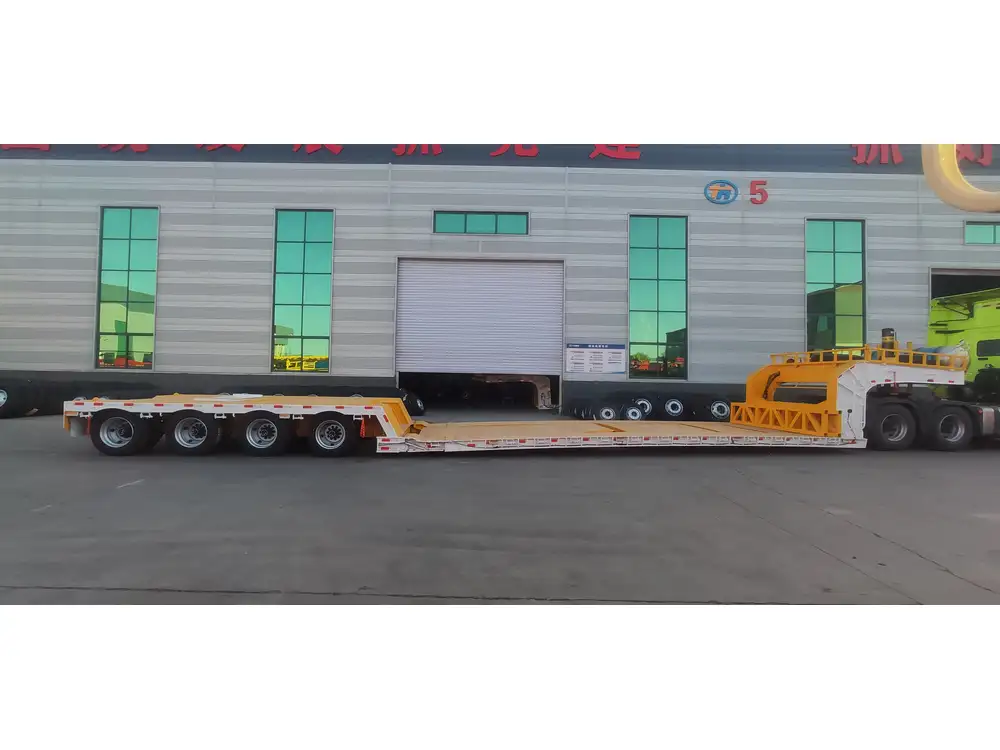
Incomplete Air Circulation
- Impact: Inadequate ventilation can lead to overheating wiring.
- Solution: Ensure that wires are properly insulated and that the trailer has adequate ventilation.
Tips for Maintenance and Care
Regular maintenance ensures safety and prolongs the life of your electrical components. Here are some practical recommendations:
- Periodically Check Connections: Regularly inspect wire connections and the condition of the light fixtures.
- Update Old Fixtures: Consider replacing outdated light fixtures with energy-efficient models to reduce load.
- Monitor Circuit Breakers: If a breaker trips frequently, consult with an electrician to assess the load and wiring.
Electrical Safety Regulations
Familiarize yourself with local electrical codes to ensure compliance. Whenever in doubt, consult with or hire a licensed electrician. This approach not only adheres to safety regulations but also protects investments in your semi-trailer.
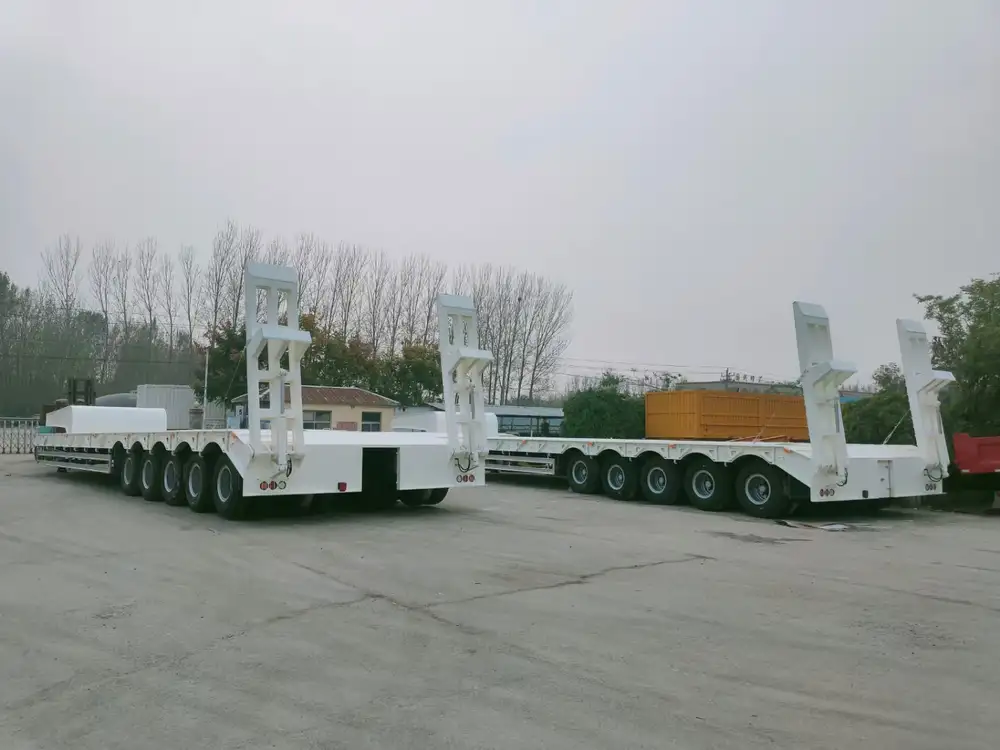
Conclusion
Wiring a light switch in a semi-trailer involves detailed planning, safety measures, and a structured approach. By following this guide, you can achieve a functional and safe electrical installation. Emphasizing safety protocols, routine inspections, and knowledge of electrical components will enhance your semi-trailer’s overall performance and usability.
Additional Resources
For further information or guidance on electrical wiring in trailers, consider referencing the following resources:
- Local Electrical Codes: Always check state or municipal electrical code requirements.
- Manufacturer Manuals: Review manuals for specific instructions regarding electrical installations.
- Online Tutorials: Explore video tutorials for visual guidance.
Now, you’re equipped with comprehensive knowledge on how to wire a light switch in a semi-trailer. Whether it’s a simple upgrade or an entire overhaul, you can confidently tackle this task yourself while ensuring adherence to safety protocols and quality standards.



